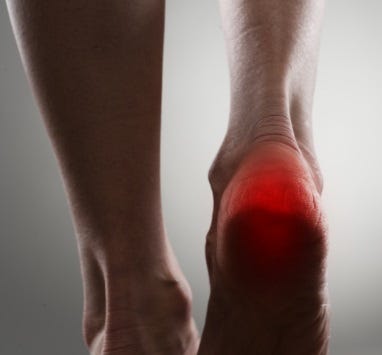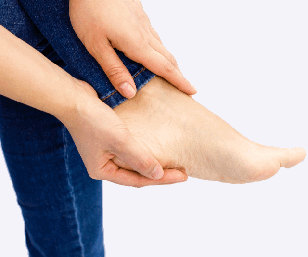Understanding Heel Spurs: Causes and Workable Treatment Strategies
Many individuals have a typical issue called impact point spikes, which frequently cause foot torment or inconvenience. Especially while standing or strolling for long periods, these hard developments — which are created at the lower part of the heel bone — can cause irritation and serious inconvenience. Overseeing and lessening the inconvenience connected with this problem relies upon knowing the explanations behind heel spikes and exploring helpful potential outcomes. This page will explore the reasons behind and remedies for heel spurs, therefore offering helpful advice for people afflicted by the disorder.
Why Do Heel Spurs Start?
Often brought on by long-term tension or pressure on the foot, heel spurs arise from calcium deposits accumulating on the bottom of the heel bone. Running, leaping, or standing for extended periods — activities that strain the heel — can all lead to the disease if done often. Those with flat feet or who wear ill-fitting shoes also run more danger of acquiring heel spurs. Constant stress over time might cause inflammation and a bony development to arise. Prevention, as well as therapy, depend on an awareness of the heel spurs causes.

Heel Spurs: Understanding the Signs
Usually, while walking or standing, a heel spur causes discomfort at the bottom of the heel as its main symptom. Often acute, the pain is felt most by those first rising from their morning bed. The discomfort may lessen somewhat as the day goes on, but it might still be felt with extended standing or walking. Sometimes, the bony spur may produce redness and edema around the heel. If you have ongoing heel pain, you should get a correct diagnosis to rule out other diseases and ascertain the best line of action for treatment for heel spur pain.

Non-surgical heel Spur Pain Treatments
Fortunately, many instances of heel spur discomfort may be controlled without surgery. Rest is among the most often used and powerful therapies available. Reducing physical activity aggravating the discomfort can help the heels to recover. Several times a day, freeze the afflicted region for 15 to 20 minutes to help ease inflammation. Furthermore, helping to increase flexibility and lower the strain on the heel are stretching activities aimed at the calf muscles and Achilles tendon. Custom orthotics, including shoe inserts, meant to provide arch support, may help reduce pain and stop more strain.
Avoiding Future Heel Spurs: Prevention
Although a number of things may lead to heel spurs, there are actions you can do to stop them from starting or reoccurring. Wearing supportive shoes with appropriate arch support and cushioning is among the greatest preventative actions. Steer clear of high-impact sports, particularly if you have foot issues, to also lower your chance of getting heel spurs. Frequent stretching of the feet and calves helps to preserve flexibility and avoid the tension that causes the development of a heel spur. Maintaining good foot care and considering your activities can help you prevent future pain.
Conclusion:
Should a spur cause heel pain, there are many treatment choices to assist in reducing the discomfort. Understanding the beginnings of heel prods and how to treat them appropriately can help you towards recuperation and increase your satisfaction. There are numerous ways of overseeing heel prod torment, whether with additional cutting-edge treatments like shockwave treatment or infusions or more moderate methodologies like rest and extending. Developing a customized treatment plan fit for your particular ailment requires expert consultation. See professionals like those at northernbeachesheelpainclinic.com.au for advice and help if you suffer from heel pain.
.png)
Comments
Post a Comment